Cats
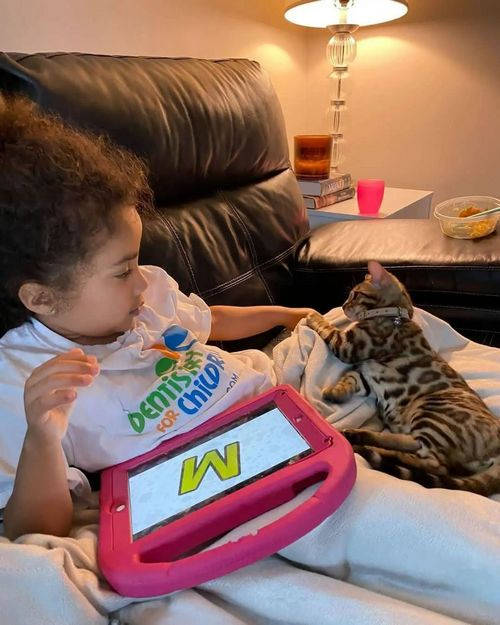
- How much does a Bengal cat cost?
- The price of a Bengal cat in stores
- Brief info
- Breed characteristics
- Cats Bengal breed in Moscow – announcements for sale
- Life expectancy – how long live Bengal cats
- Is the Bengal a friendly breed?
- Bengal breed cats in Russia – ads for sale
- How much does it cost to keep a Bengal cat after the purchase
- Neutering/spaying
- Nutrition
- Veterinary
- The most expensive Bengal cat in the world
How much does a Bengal cat cost?
A kitten is a desirable animal for many people. The Bengal breed is of great interest due to its unusual appearance. To find a baby in our country can be somewhat difficult, but still quite realistic. Below is a table of prices for the Bengal cat:
How much does a Bengal cat cost?
🔴 The average cost of a Bengal cat: 20-120 thousand rubles;
🔴 Kittens: 25-45 thousand rubles;
🔴 Pedigree cats: 50-120 thousand rubles.
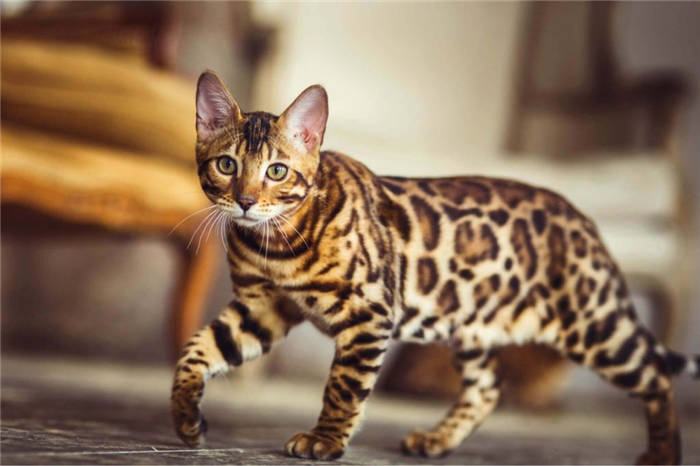
The following factors should also be examined to understand pricing:
The price of a Bengal cat in stores
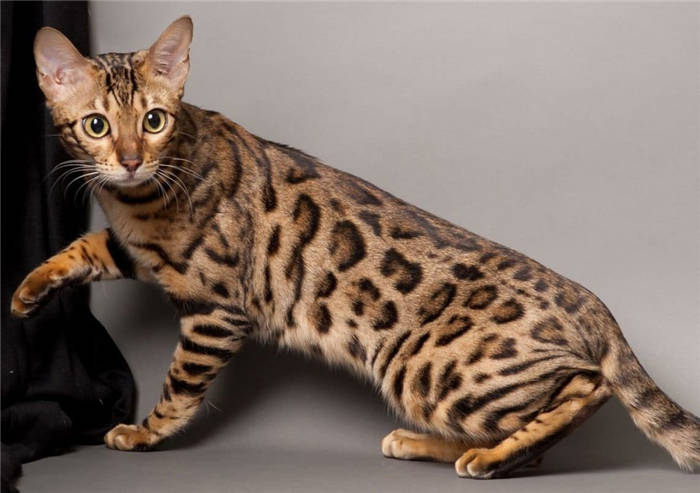
To begin with, let's look at the main outlets offering to buy a pet from them. Prices will be given in rubles for greater convenience. The most popular options are:
- Pet stores. Here the babies are kept in cages of several pieces. You can look at them closely and find out how they behave. Also, if desired, a carrier, house, toys, food and other important accessories for the pet can be purchased here. You will need to pay about 30-55 thousandrubles.
- Markets. Sellers here offer kittens that they got from their own cats. It is quite difficult to be sure of the pedigree of an individual cat. High probability to get a mongrel or mongrel. The parents do not have the opportunity to see. Sold in Moscow for 25-50 thousandRUR.
- Private individuals. One of the best options for buying. There is an opportunity to look at the conditions in which the baby is kept. Also responsible breeders offer to look at the parents of the potential pet. When buying a purebred, documents and various certificates are given. You will need to pay about 20000-40000rubles ..
Brief info
- Name of breed: Bengal cat
- Country of Origin: USA
- Time of origin of the breed: 1983
- Weight: 4-9 kg
- Life expectancy: 12-15 years, sometimes up to 21 years
- Bengal cats are representatives of an elite breed.
- They are distinguished by external attractiveness, gracefulness and recognizable coloration.
- They are loyal and responsive pets who easily adapt to the rules of life in a permanent family and do not show unmotivated aggression.
- Ideal for experienced owners who are willing to give a cat a lot of attention and be a companion in active games and walks.
- They stand out for their keen intelligence, training potential and well-developed social skills.
- They are clean and well-balanced, and they value coziness and a welcoming atmosphere.
- Animals of this breed are highly valued by experts of international exhibitions. Thus, in the top 25 of the overall rating of "best cats" according to The International Cat's Assotiation in 2016 there are two Bengals, and a year earlier – four.
The Bengal cat – is quite rare and therefore a particularly valuable specimen. The beauty, strength and gracefulness of large predators really fascinate, but, of course, few people would think of keeping a tiger or a panther in the apartment for reasons of humanity and basic safety. But a small domestic "leopard" is a very realistic alternative. The Bengal breed combined the best features of the ancestors: not only an attractive appearance, but also intelligence, curiosity, activity and friendliness.
Breed characteristics
*Characteristics of the Bengal cat breed is based on the evaluation of experts lapkins.ru and feedback from cat owners.
As you know, new breeds of domestic cats appear mainly as a result of careful selection, designed to get animals with desirable features of parents of different artificially created species, or to fix the result of natural mutation. The emergence of the Bengal cat, in fact, was the result of the persistent work of one enthusiast, who acted against the unfavorable circumstances of life and the prejudices of her colleagues. The name of this determined woman is Jane Mill. While still a student at the University of California, Davis, the genetics student was interested in the possibility of creating a new breed by crossing the Royal Siamese and Persian. But the supervisor considered such a research topic "frivolous," advising her to focus on breeding something more practical, capable of interest to rural or livestock farms. The idea was abandoned, but not forgotten.
In 1961, during a working trip to Thailand, for the first time Jane saw a wild leopard cat and was completely fascinated by these big-eyed creatures. There, the shocked American learned that the existence of the species was threatened by the hunt for their unusual fur. To save at least one spotted beauty, she bought and brought Malaysia home, where there was already a mongrel black cat. The owner had no plans to have common offspring, and the birth of Kin Kin was a real surprise. The "hybrid" cat, in her turn, had two kittens, but it was impossible to continue the line: the girl had not inherited the typical color of Far Eastern cats and was of bad character, and the boy died by tragic accident. Kin-Kin herself, without bringing another offspring, died of pneumonia.
This could have stopped the felinologist's experiments, but by happy coincidence, Loma Linda University Medical Center received a litter of domestic cats and ALC (Asian Leopard Cat) males resistant to the disease for research on feline leukemia. Dr. Willard Centervol, who led the project, was happy to place several first-generation kittens in Jane's care. A new problem was the choice of partners for further breeding – Mrs. Mill was sure that British, Abyssinian or other popular species have genetically weakened lines, and therefore are not suitable for breeding a new breed. The solution was found after a trip to New Delhi, where she happened to see a spotted golden-red kitten. The bronze color and the special shine of Tori's fur were passed on to her offspring. Later, several more cats were brought from India to the United States for Jane, now recognized as the "Indian line" of Mau.
Cats Bengal breed in Moscow – announcements for sale
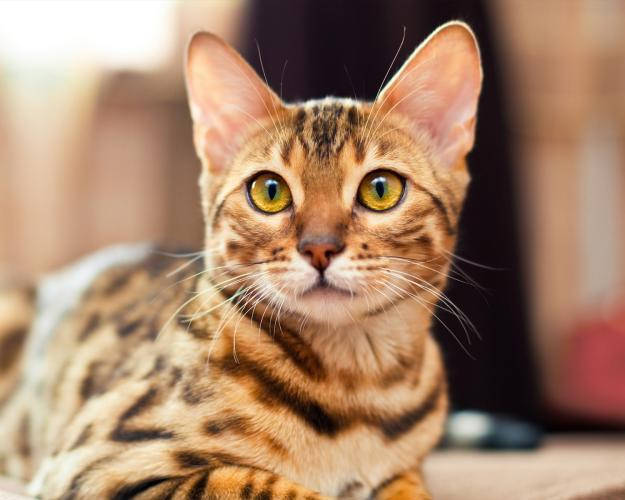
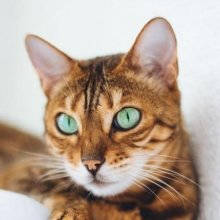
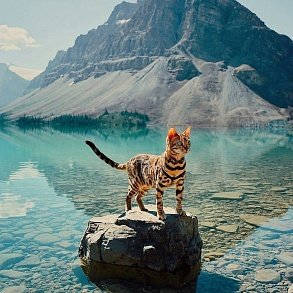
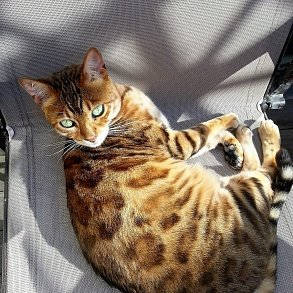
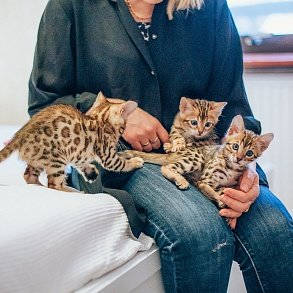
Moscow cattery ELVA Bengal (WCF and TICA registration since 2008) offers purebred club cats for sale.
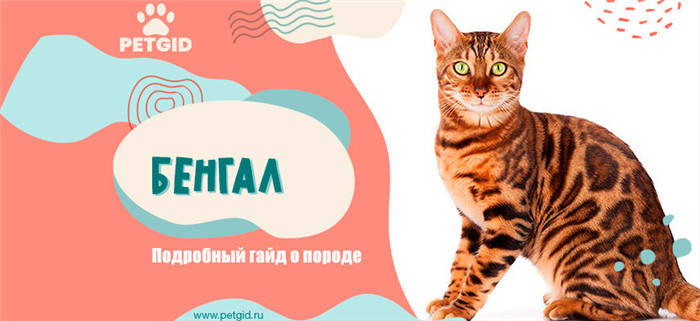
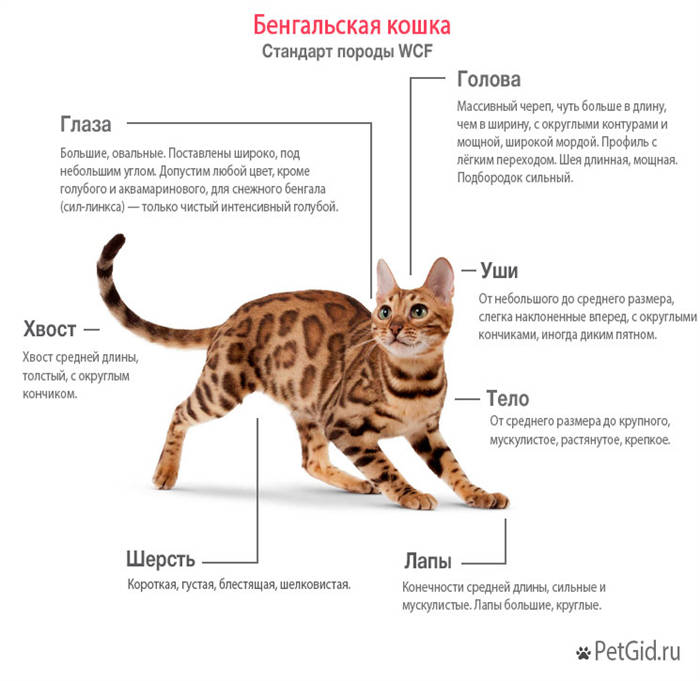
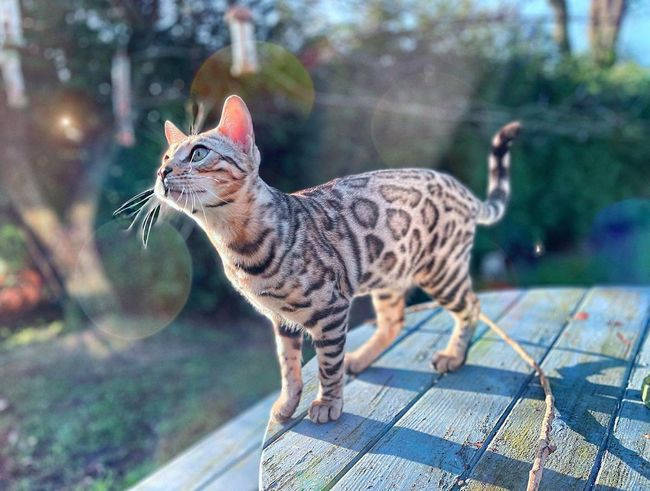
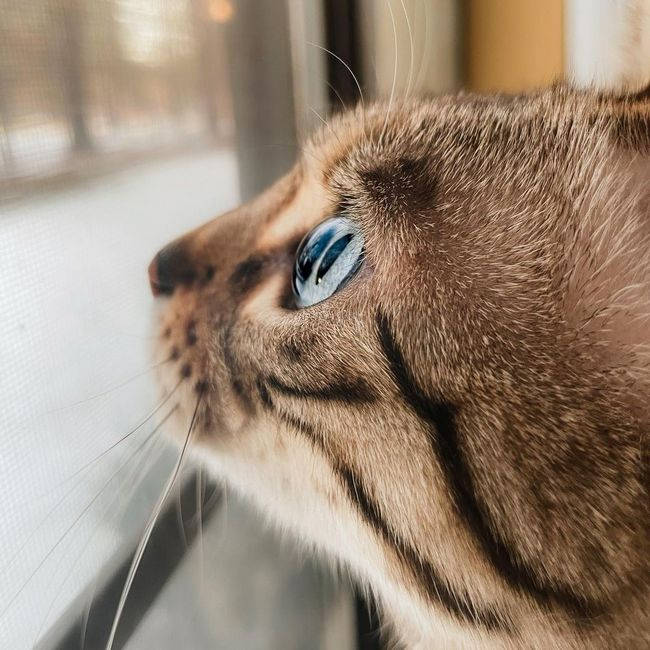
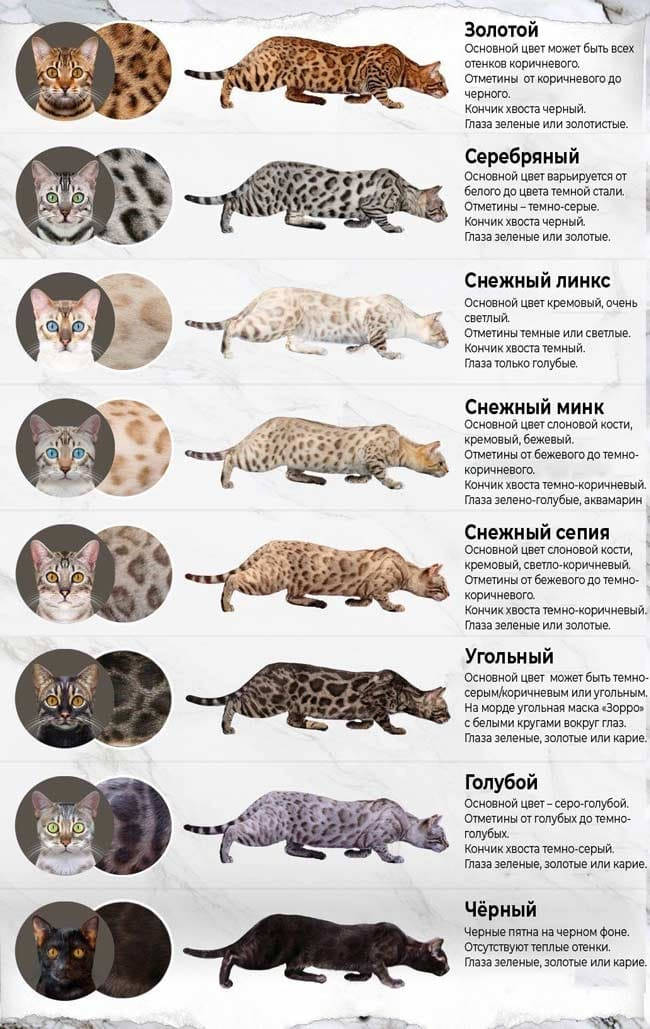
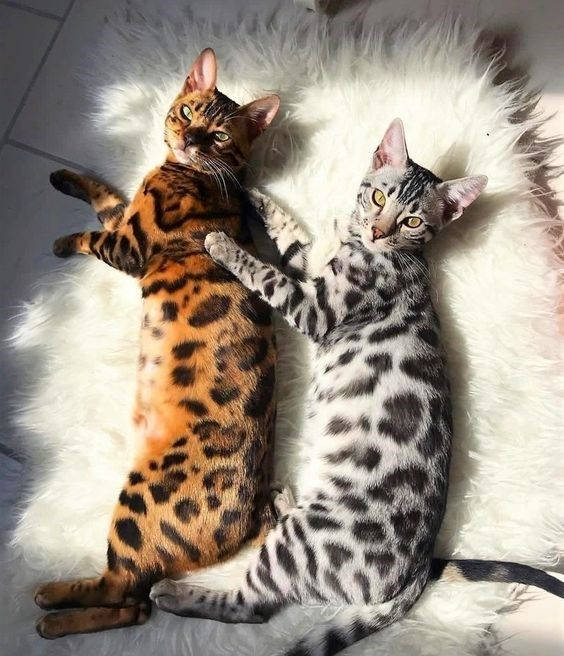
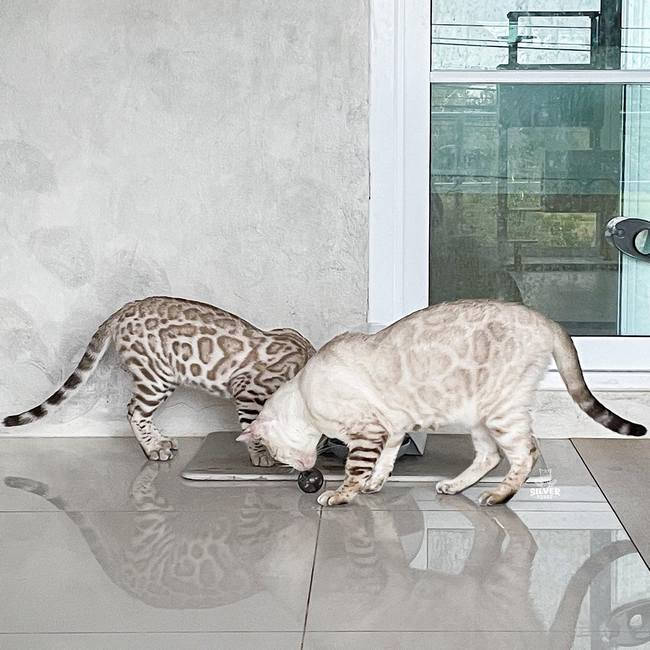
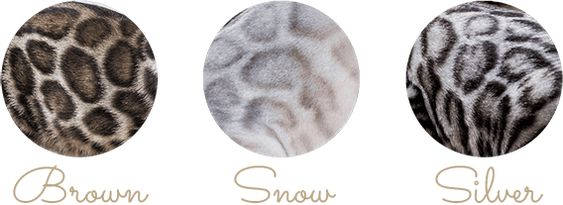
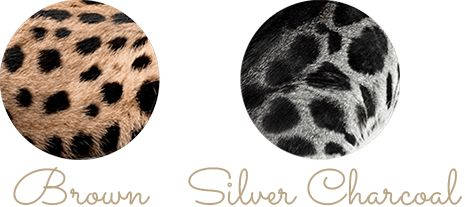
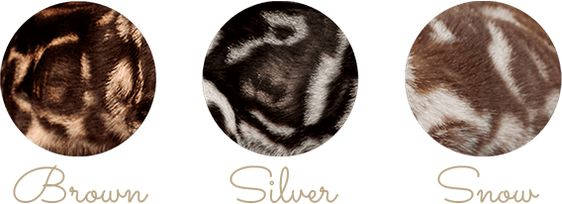
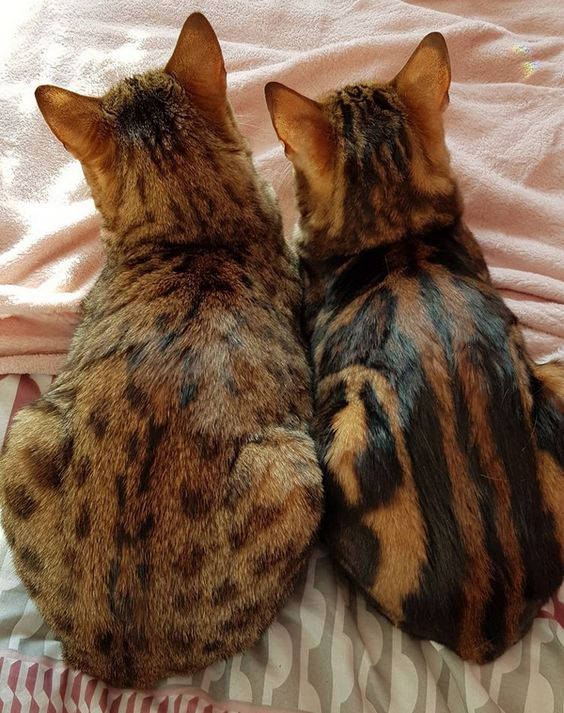
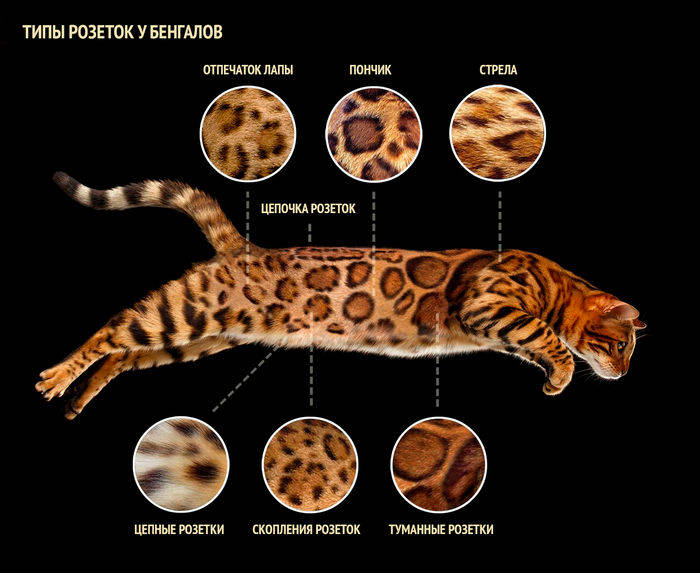
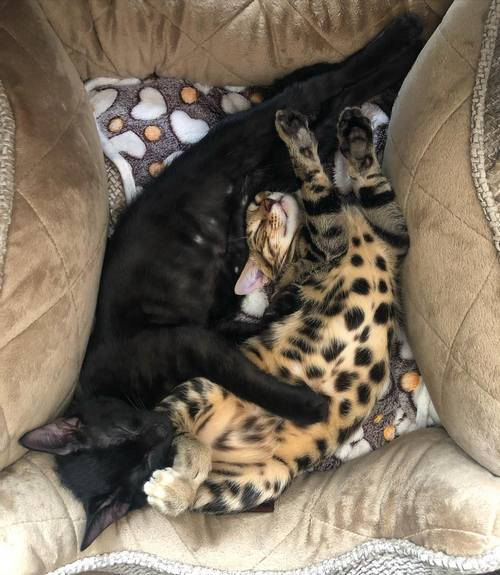
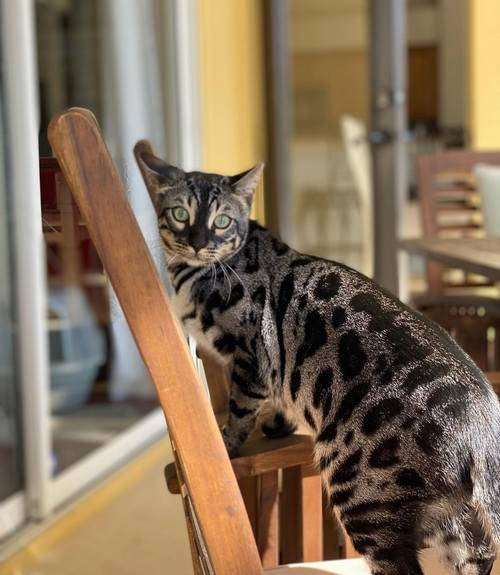
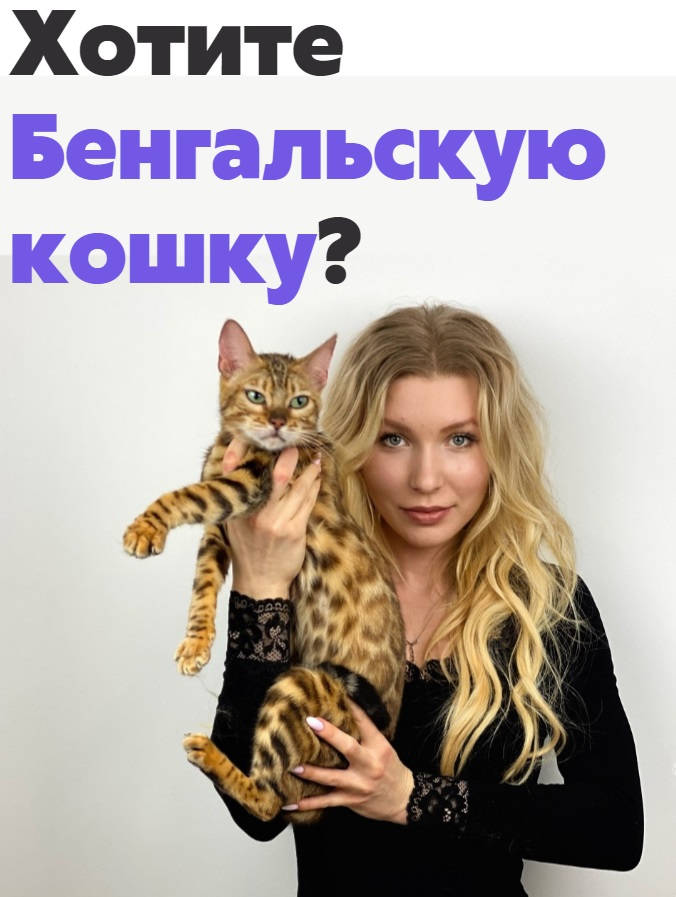
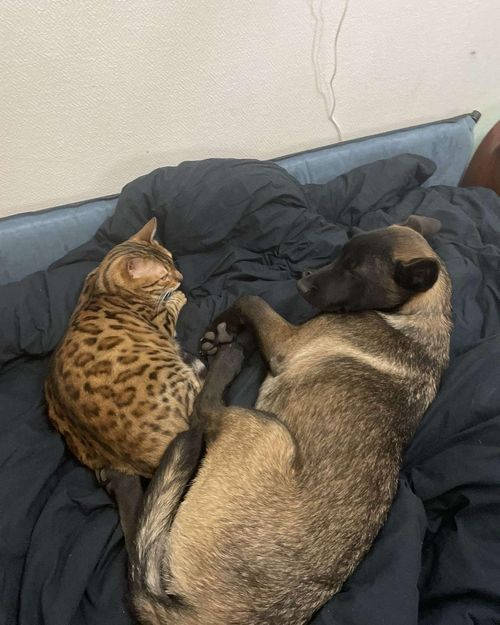
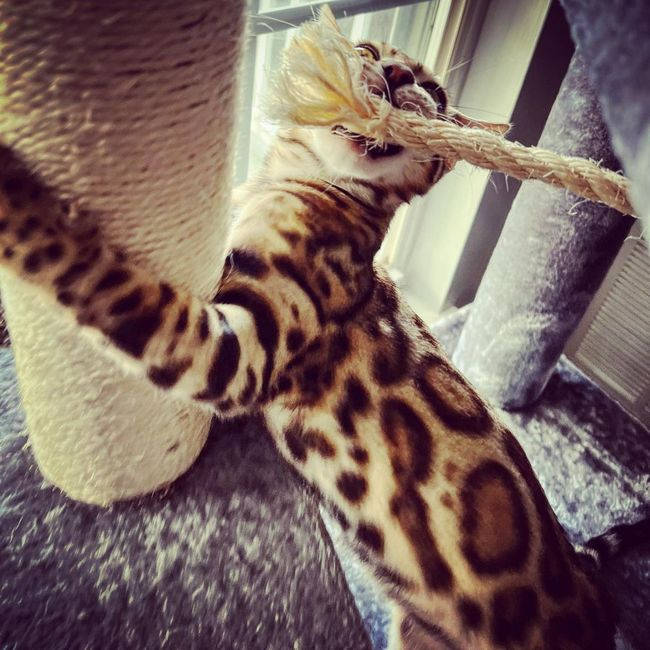
Life expectancy – how long live Bengal cats
With complete care, creating the most comfortable conditions and taking care of your pet, Bengal will live from 12 to 15 years.
Bengal cats are in the category of hypoallergenic. They received this title due to the fact that dander, which provokes allergic reactions in predisposed people, is formed in their minimum quantity.
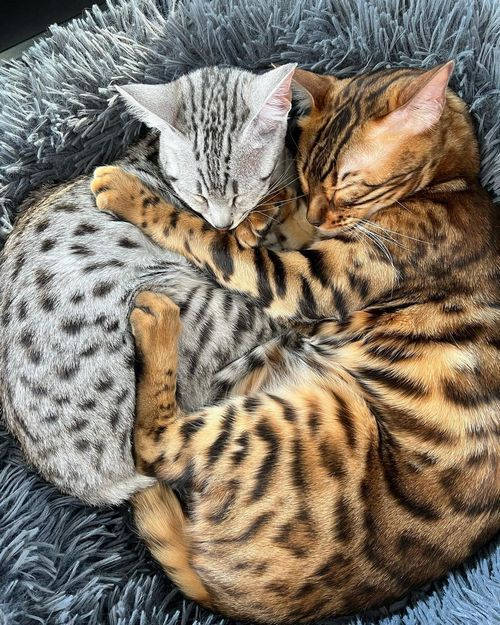
Another allergen, the protein from the cat's saliva, rarely gets on humans and the cat's fur itself due to the absence of its habit of constant grooming and licking the owner. Also, being a short-haired breed, Bengals shed very little, and during the moulting season, combing once a week is enough to take care of them.
Is the Bengal a friendly breed?
These cats are friendly enough, but will not happily welcome strangers. At first they will be distrustful, but quickly they will get used to the guest and fawn over him.
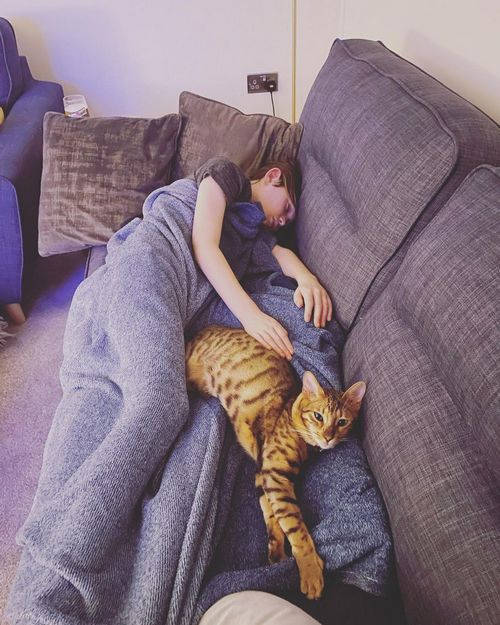
It is worth noting that aggression Bengal breed does not differ, it has absolutely no this quality. Even in case of cruelty from the adult or child, the probability of a retaliatory attack is almost zero. More chance that the cat will try to dodge unwanted influence on itself and run to hide in a secluded place.
Bengal breed cats in Russia – ads for sale

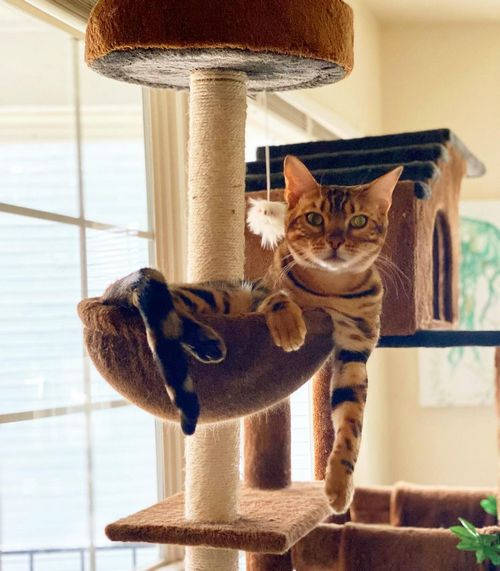
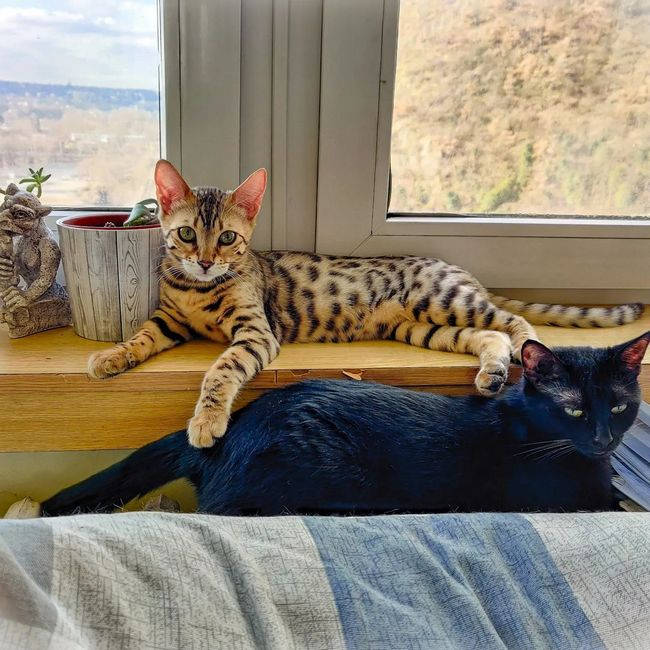
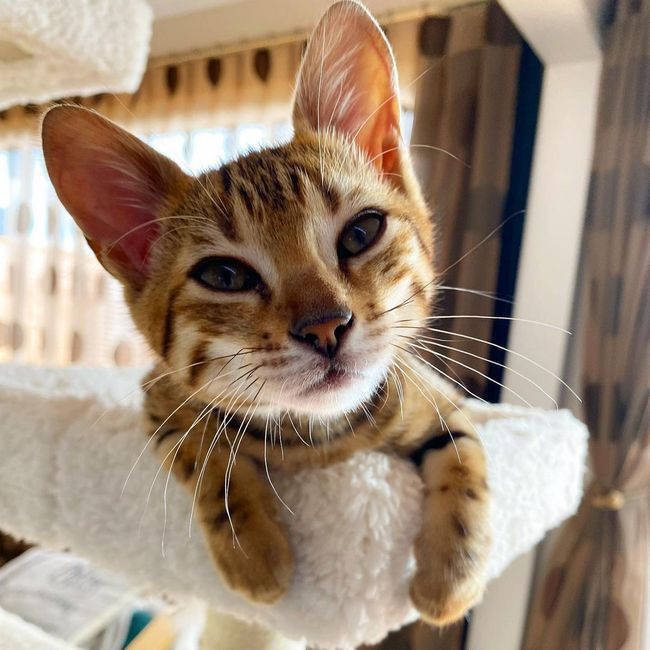
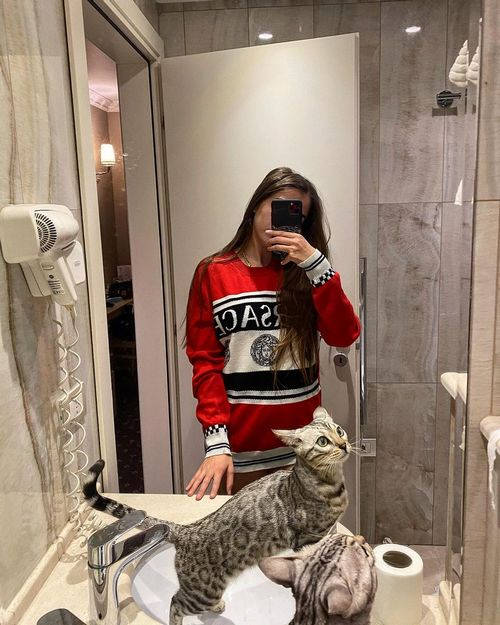
Moscow cattery ELVA Bengal (WCF and TICA registration since 2008) offers purebred club cats for sale …
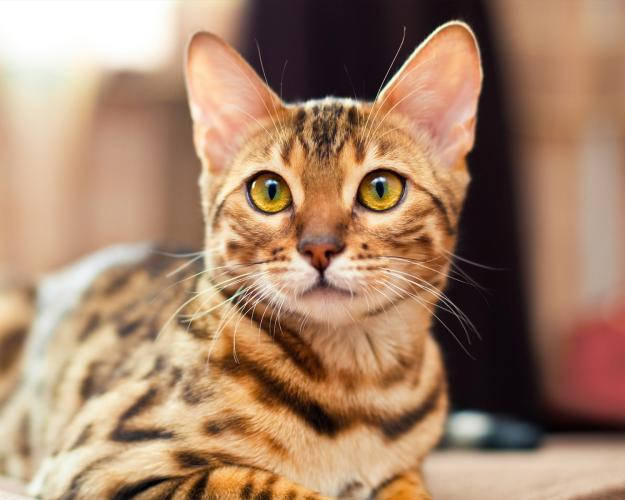
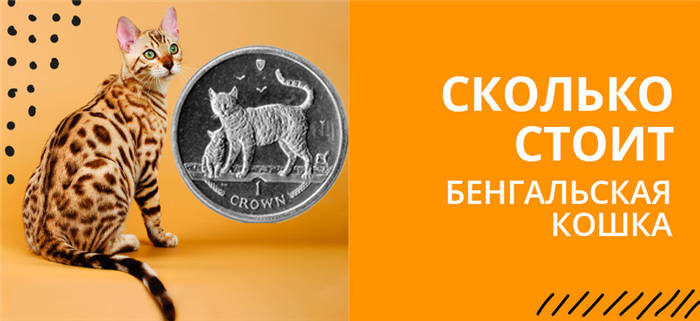
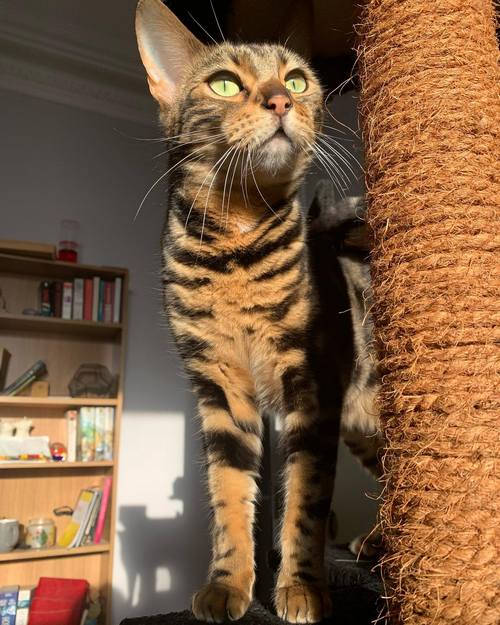
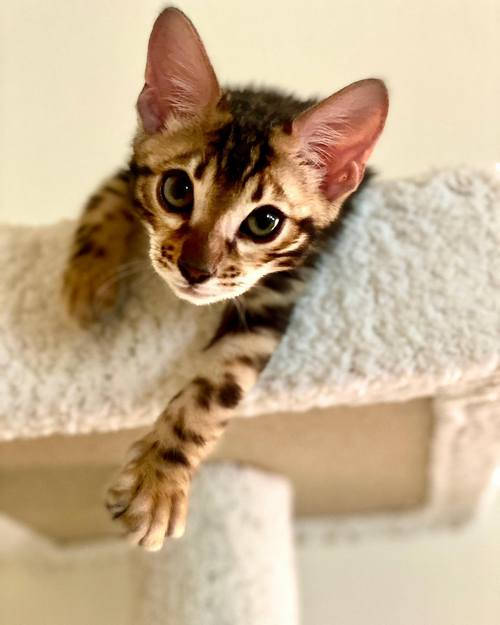
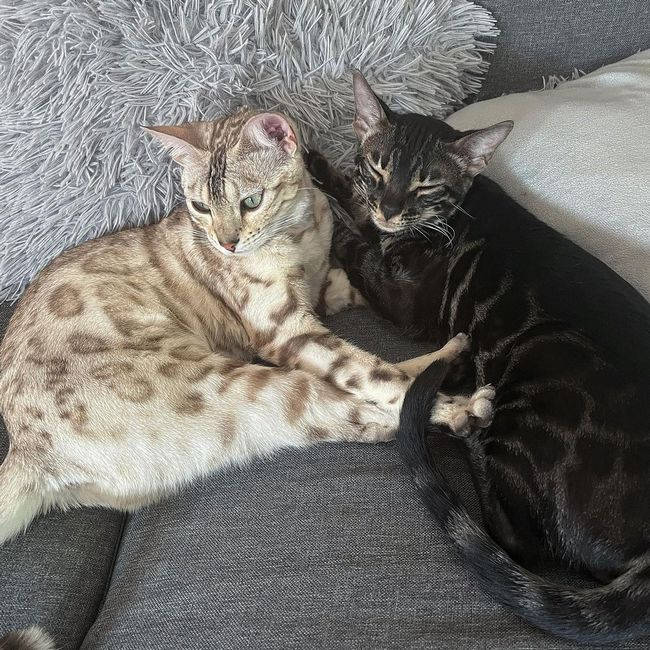
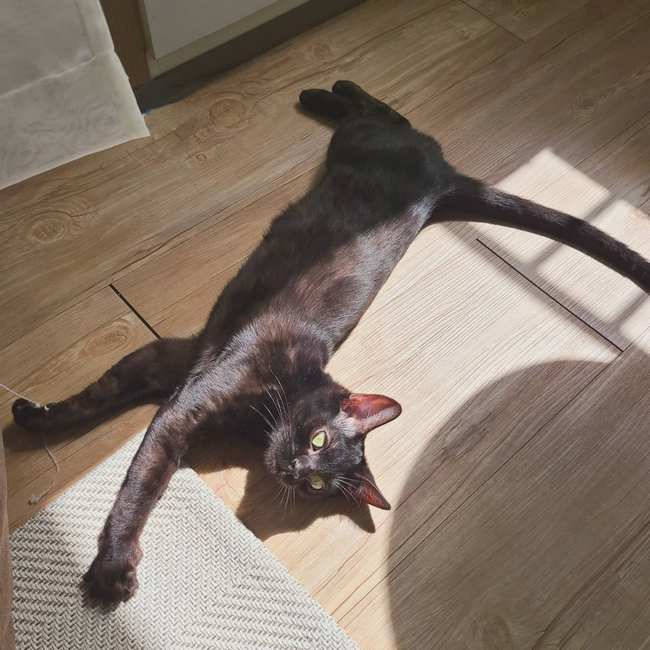
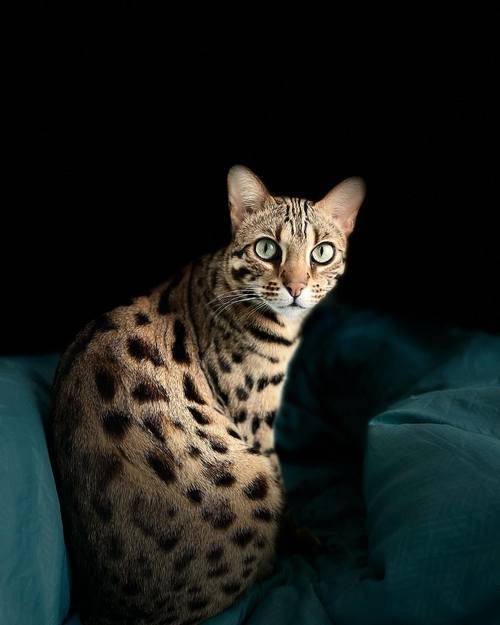
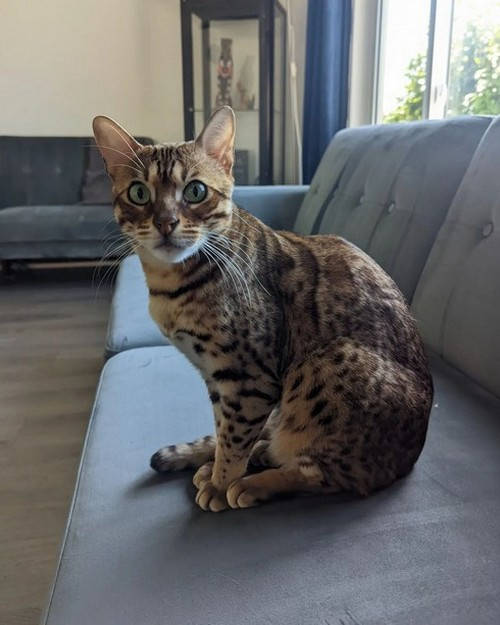
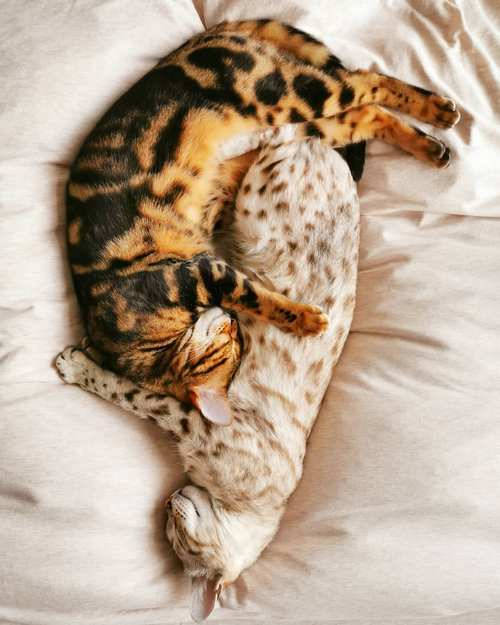
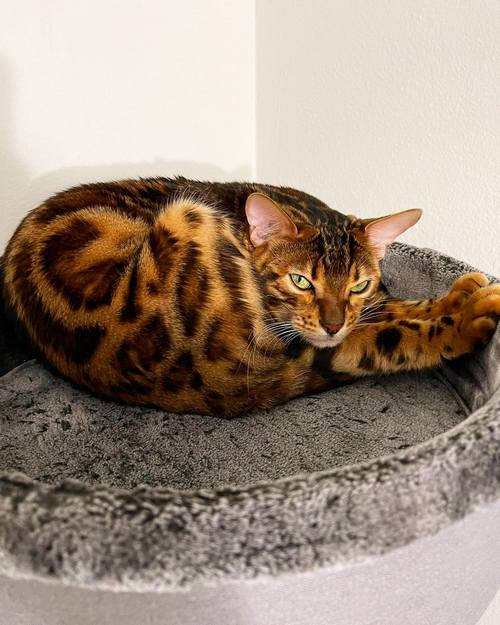
How much does it cost to keep a Bengal cat after the purchase
Buying a kitten is half the trouble. Keeping a pet means a +1 expense item. It's important to calculate from the start if you can afford it, so you don't have any unpleasant surprises later.
Neutering/spaying
We recommend neutering your pet if you do not plan to use it for breeding. The neutering procedure is short and inexpensive, with only one cost.
The cost of the procedure is 2000-4000 ₽. Castration of males is cheaper than that of females.
Nutrition
It is recommended that Bengals be fed either a premium food (preferably one recommended by either the breeder or a veterinarian based on tests of the animal) or natural food. The natural diet is 80% meat.
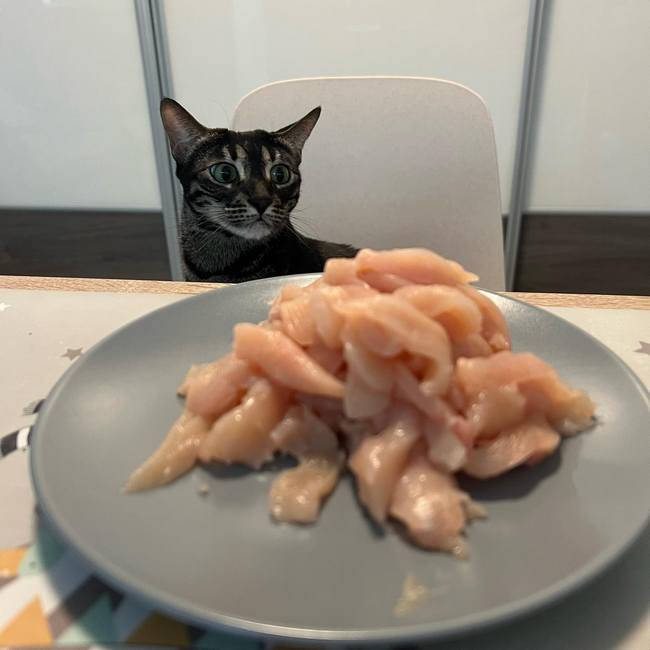
- С natural foodCertainly more hassle. You will have to spend your time on the preparation of food for the cat (yes, yes, you can not give raw fresh meat, it must be treated first).
- If we talk about ready-made food, the most profitable option is dry foodBecause you can buy a lot of it, it won't spoil. The cost of a large package of dry food – 1500-2000 ₽, enough for 3-4 weeks, depending on the appetite of the animal.
- Less cost-effective but healthier options for your pet are. wet food and canned food.. You'll have to buy them regularly, at least every week, because open canned foods don't keep for long. One canned food costs an average of ₽150 and lasts all day. Accordingly, you will have to spend about 4,500 ₽ per month on canned food. A bag of wet food is cheaper, about 70-80 ₽ per unit. Total per month is 2,400 ₽.
Veterinary
The cost of a veterinarian depends on what you are treating. The minimum cost for a preventive checkup visit is ₽500 There is no upper threshold (in case your pet needs major dental surgery, for example).
The most expensive Bengal cat in the world
The owner of the most expensive Bengal in the world was Cindy Jackson, who bought an F2 generation kitten named Cato for £5000 in 1998. Considering inflation today it would have been just over $16000.
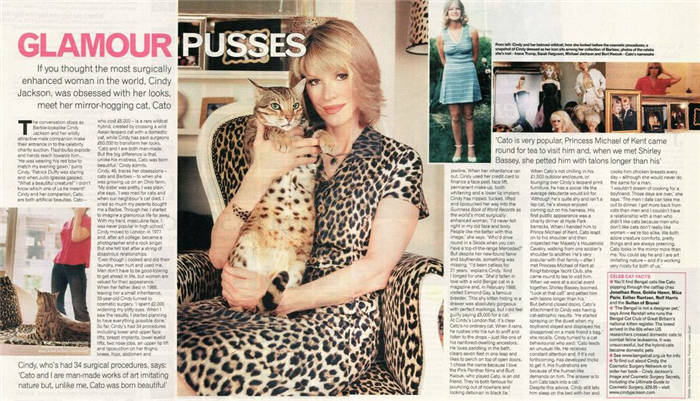
Incidentally, Miss Jackson herself is listed in the Guinness Book of World Records as having the highest number of plastic surgeries in the world.






